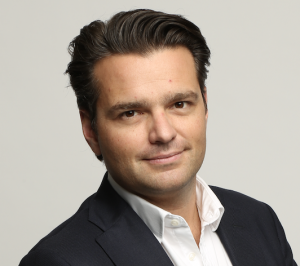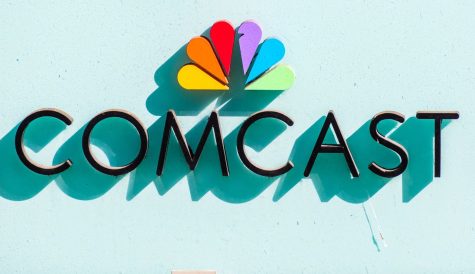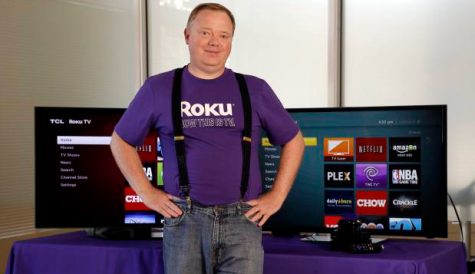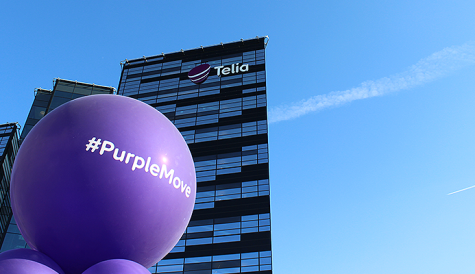The pros and cons of FAST
 When we launched our AVOD service Watch4 in Germany six years ago, the goal was to make it easy for users to access so they could have the optimal viewing experience.
When we launched our AVOD service Watch4 in Germany six years ago, the goal was to make it easy for users to access so they could have the optimal viewing experience.
The same was the case with our sister service W4Free in the UK. But as the streaming wars started heating up, so too did our distribution strategy. How do we cut through the noise and make our offerings known to users looking for great free content? How do we make sure we’re everywhere viewers what to watch?
On Demand offerings were really taking off last year as the pandemic saw more people than ever looking to streaming services to take their minds off being locked down at home. But that uptick also inspired the acceleration of a business that was just getting off the ground before Covid: FAST, or free ad-supported TV. These platforms, unlike pure AVOD, mimic the experience of a traditional cable bundle and the lean-back experience of linear TV in that they feature channels of content streaming directly through your TV with ads.
It seems like overnight, platforms like Samsung TV Plus, Vizio and LG Channels had hundreds of channels and those channels were producing impressive ad revenue. Any self-respecting fledging streaming service had better take note. Missing out on the opportunity to be in front of Smart TV owners in many of the biggest markets would be foolish.
But choosing to be on these FAST platforms does come with some challenges and considerations. Here are just three questions I’ve explored while deliberating my own businesses growth strategy:
- Does launching your service on FAST cannibalize your core app business? The answer to that question is yes … and no. If your service is on a FAST platform, any promotion you do will be within the FAST environment. So it stands to reason that you are therefore encouraging FAST viewers to watch your programming within that environment and not sending them to an off-platform app. However, the same goes for your app. You likely will be promoting programming within the app and not sending viewers somewhere else to watch. Rather than thinking of it as one platform is taking viewers from the other, it’s probably more accurate to say that the two exist independently and provide access to different types of viewers. FAST platforms tend to attract more traditional viewers who are used to engaging with an interface similar to what they were used to with their cable subscription, while the app audience is likely to be younger and include those who are used to more of an on-demand, lean-forward experience.
- Isn’t it a lot more difficult for you to make sure you stand out on a FAST platform that features hundreds of channels? Absolutely, so that means you really need to step up your content game. Curation is key. Most of the FAST platforms are country or region specific so catering to the local audience is really critical to winning over viewers.
- From a targeting perspective, how do you find the right audience for your content? It would seem that FAST platforms offer a wonderful opportunity to be in front of millions of potential viewers, just like conventional TV offered. But unlike traditional cable and broadcast networks that relied on ratings to determine how content was performing, there are now exciting new developments in AI and machine learning that can make it easier to find and keep viewers. Through this technology we can gain more meaningful insights than mere demographics. As a result, viewers will have an infinitely more satisfying experience and develop affinity and loyalty for a service that consistently delivers the content they want to discover and watch.
FAST is growing; there’s no denying that. Smart TV manufacturers are rolling out ever more sophisticated TVs that include a wide range of content services. Meanwhile, connected TV devices like fire sticks will still be viable as many consumers have expensive TVs that are a few years old but not really for the recycling center. But with 223 million smart TVs projected to sell this year, it’s probable that they will only become a more dominant force in the global content distribution ecosystem in the next three to five years. Therefore, FAST will only before a more critical part of any streaming service’s distribution strategy, but it will be incumbent upon individual services like ours to program, market and use all tools at our disposal to make the most of these platforms to reach and keep viewers engaged
Philipp Rotermund is CEO of Video Solutions AG, one of Europe’s leading AVOD providers with services in Germany, UK, Austria and Switzerland.



